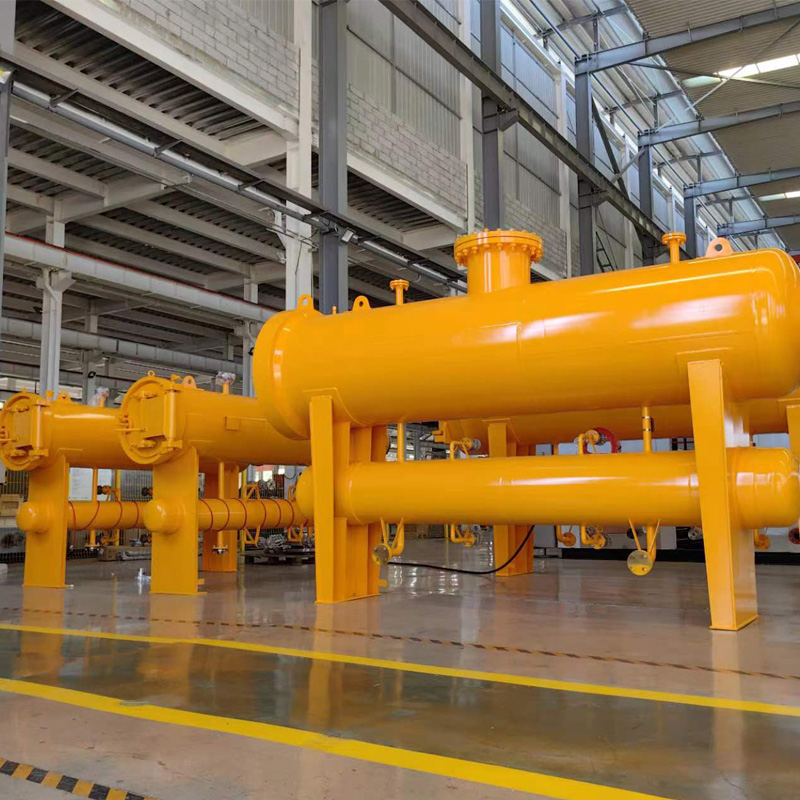
Nov . 13, 2024 17:28
Back to list
natural gas regulator
Understanding Natural Gas Regulators Ensuring Safe and Efficient Distribution
Natural gas is an essential source of energy that powers homes, industries, and businesses across the globe. However, the efficient and safe distribution of this energy resource requires the coordinated effort of various components, among which natural gas regulators play a crucial role. This article will explore what natural gas regulators are, how they work, their importance in the gas distribution system, and the various types available in the market.
What is a Natural Gas Regulator?
A natural gas regulator is a device designed to control the pressure of natural gas within a pipeline system. It ensures that the gas is delivered to consumers at a safe and usable pressure by reducing the high-pressure gas from the main supply line to a lower pressure suitable for residential or industrial use. By doing so, regulators prevent potential hazards associated with excessive pressure, such as leaks or explosions.
How Do Natural Gas Regulators Work?
Natural gas regulators function on a straightforward principle they maintain consistent and safe outlet pressure even when the inlet pressure fluctuates. The mechanism typically consists of a spring-loaded diaphragm that responds to changes in pressure. When the pressure of the incoming gas exceeds a preset level, the diaphragm moves and adjusts a valve to restrict the flow of gas, thereby preventing the pressure from exceeding the desired limit.
Most regulators have an adjustment screw that allows technicians to set the outlet pressure according to the specific requirements of the system. This adaptability is essential, as different applications may require different pressure levels. For instance, residential gas appliances may need lower pressure compared to industrial machinery.
Importance of Natural Gas Regulators
The importance of natural gas regulators cannot be overstated
. They serve several critical functions1. Safety By monitoring and regulating gas pressure, these devices minimize the risk of accidents caused by overpressure situations.
2. Efficiency Regulators help maintain optimal pressure levels, ensuring that gas is used efficiently without wastage. This contributes to cost savings for both consumers and suppliers.
3. System Protection They protect pipelines and appliances from damage due to excessive pressure, prolonging the life of gas infrastructure.
natural gas regulator

4. Compliance Regulators assist in ensuring that gas distribution systems comply with safety and environmental regulations set forth by governing bodies.
5. Reliability A properly functioning regulator ensures a steady supply of gas, preventing interruptions that could disrupt cooking, heating, or industrial processes.
Types of Natural Gas Regulators
There are several types of natural gas regulators, each designed for different applications
1. First-Stage Regulators These devices reduce high inlet pressure to medium pressure, often used in large distribution systems. They handle significant flows of natural gas before it is further regulated for residential or commercial use.
2. Second-Stage Regulators These are typically used in homes and small businesses to reduce medium pressure to low pressure. They ensure that the gas delivered is at a level that is safe for appliances.
3. Automatic Regulators These regulators automatically adjust to changing inlet pressures, making them ideal for applications where pressure variability is common.
4. Combination Regulators These units incorporate both pressure regulation and safety shut-off features. They offer benefits of space and cost savings by combining multiple functions in a single device.
5. Electronic Regulators An emerging technology, electronic regulators utilize sensors and control systems to provide precise pressure management. They are particularly useful in modern smart energy systems, allowing for better monitoring and control.
Conclusion
Natural gas regulators are vital components of the energy distribution network, ensuring that gas is delivered safely and efficiently to consumers. Their ability to maintain optimal pressure levels protects infrastructure and appliances, promotes energy efficiency, and contributes to overall safety in gas usage. As technology advances, the role of these regulators continues to evolve, making them even more integral to modern energy systems. Understanding their function and importance is key for anyone involved in the natural gas industry, whether as a consumer, technician, or engineer.
Next:
Latest news
-
Safety Valve Spring-Loaded Design Overpressure ProtectionNewsJul.25,2025
-
Precision Voltage Regulator AC5 Accuracy Grade PerformanceNewsJul.25,2025
-
Natural Gas Pressure Regulating Skid Industrial Pipeline ApplicationsNewsJul.25,2025
-
Natural Gas Filter Stainless Steel Mesh Element DesignNewsJul.25,2025
-
Gas Pressure Regulator Valve Direct-Acting Spring-Loaded DesignNewsJul.25,2025
-
Decompression Equipment Multi-Stage Heat Exchange System DesignNewsJul.25,2025

